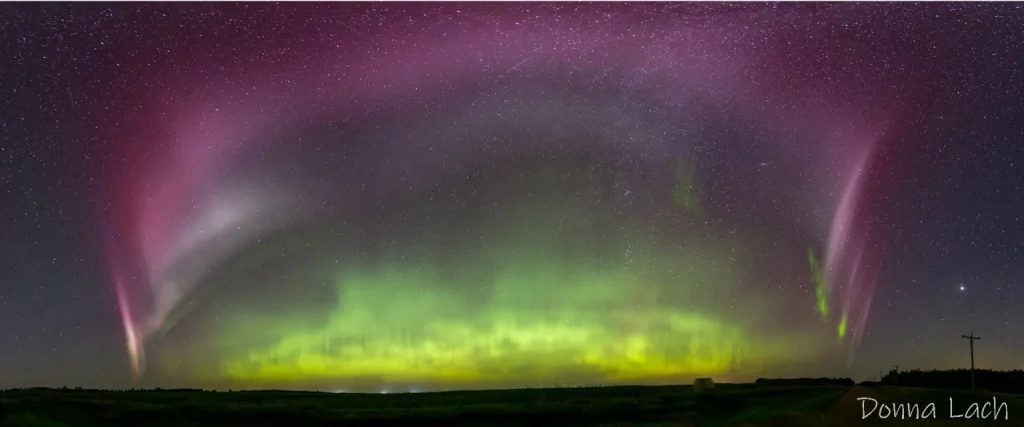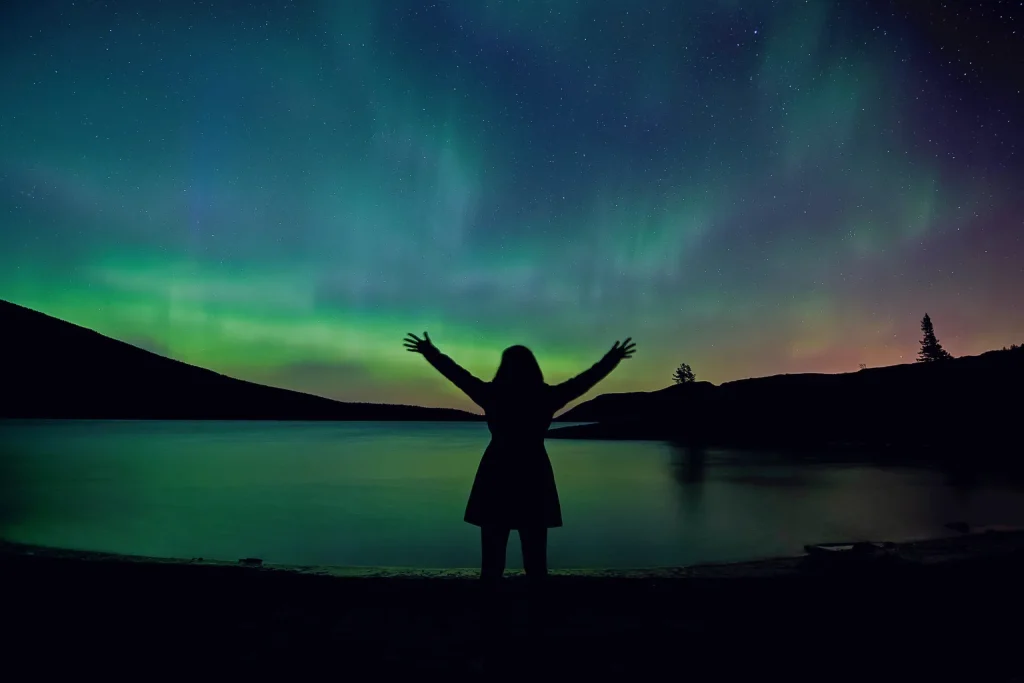Get a unique chance to contribute to space science! NASA invites space
enthusiasts to join the Aurorasaurus project to help track the Northern
Lights around the world. This article will explain how to register and
participate in this stunning project. Northern Lights: Why Study Them?
According to NASA, auroras, sometimes called “northern lights” or
“southern lights,”...
The post Aurorasaurus Project: Observe Northern Lights Around The World
For NASA appeared first on Orbital Today.
https://orbitaltoday.com/2024/08/14/aurorasaurus-project-observe-northern-lights-around-the-world-for-nasa/View article
View summary
#^Aurorasaurus Project: Observe Northern Lights Around The World For NASAGet a unique chance to contribute to space science!
NASA invites space enthusiasts to join the Aurorasaurus project to help track the
Northern Lights around the world. This article will explain how to register and participate in this stunning project.
Northern Lights: Why Study Them?
According to NASA, auroras, sometimes called “northern lights” or “southern lights,” are natural light displays in Earth’s polar regions.
“To scientists, auroras are also the visible manifestation of the solar wind – the flow of charged particles from the Sun – interacting with the magnetosphere of the Earth,” NASA states. “Each verified report of an aurora serves as a valuable data point for scientists who model these phenomena.”
What Will You Do For Aurorasaurus Project?

Panorama of
STEVE (Strong Thermal Emission Velocity Enhancement), an aurora-like phenomenon brought to the attention of scientists by aurora chasers. Aurorasaurus volunteers continue to be integral to scientific research on STEVE. Credit: NASA/Donna Lach, Aurorasaurus contributor.
Everyone can participate in NASA’s Aurorasaurus project. Once registered, you will receive community alerts when an aurora is sighted near you. Then, your task is to capture and share your own photos of these spectacular light displays. Also, you can track rare auroras like
STEVEs. Additionally, you will have a chance to connect with scientists, fellow enthusiasts, and Aurorasaurus ambassadors from around the world!
“I do citizen science with Aurorasaurus because I am fascinated by nature and all of its wonders,” says citizen scientist and aurora chaser Hugo Sanchez.
How to Participate?
To participate in Aurorasaurus, you’ll need just a few things. Reporting an aurora takes only 5 minutes once you’ve seen it. No special equipment: a smartphone or computer with an internet connection will be enough. However, if you have a camera and a tripod, they can be useful for capturing photos of the auroras. Also, no prior knowledge is required, as an
online training video will help you get started.
How To Join Aurorasaurus?
Ready to get started? Head to the
project website and click on “Join us” or “Login” to sign in using your Facebook or Google account. This will allow you to receive free Aurora alerts and our newsletter. When you spot an Aurora, simply click the “Yes” button to report it. If you don’t see the Aurora, click the “No” button to make a report.
Learn More About The Northern Lights

Credit: Christy Turner Photography
If you’re new to aurora science, start by exploring the
guide on how to talk like an aurora chaser. Next, visit the
Learn page, the
Aurorasaurus blog, and the
Aurorasaurus YouTube channel to dive deeper into the science of auroras and space weather.
As part of the Aurorasaurus project, there are also activities designed for younger participants. For example, there is a
card game that tackles the surprisingly complex question, “How can I see the aurora?”
The post
Aurorasaurus Project: Observe Northern Lights Around The World For NASA appeared first on
Orbital Today.